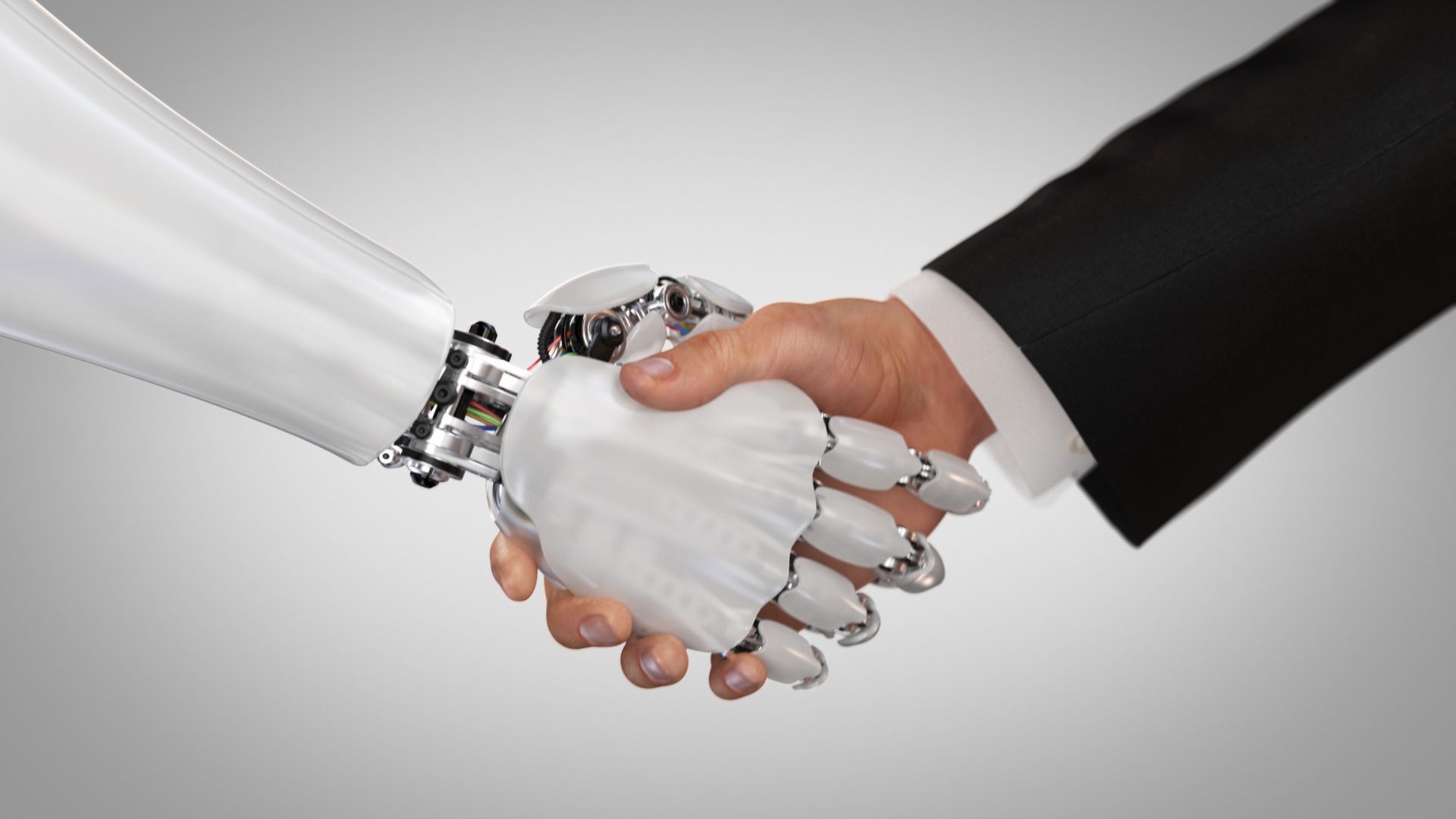Benefits of a working holiday in 2024

Benefits of a working holiday in 2024
Are you yearning for an adventure of a lifetime in the land Down Under? Well, you're in luck because 2024 is the perfect time to embark on a working holiday in Australia, and we're here to tell you why. From the sun-kissed beaches to the rugged outback, Australia offers a diverse and captivating landscape that's just waiting to be explored. But it's not just the stunning natural beauty that makes 2024 an ideal year for your working holiday; it's also the numerous benefits this experience has to offer.
Cultural Immersion
Working holidays allow you to immerse yourself in a new culture, providing an opportunity to learn a new language, explore local traditions, and understand different ways of life. This cultural exposure can broaden your perspective and foster tolerance and open-mindedness.
Professional Development
Working abroad can enhance your professional skills and make you more marketable in the global job market. You can gain hands-on experience in your field, learn new techniques, and develop transferable skills, which can be invaluable for your future career.
Personal Growth
A working holiday can be a significant personal growth experience. You'll learn to navigate new environments, adapt to different work cultures, and become more self-reliant. Facing challenges in a foreign country can boost your problem-solving and decision-making abilities.
Adventure and Travel
2024 is the perfect time to explore new places and embark on adventures. While working, you can also travel and experience the beauty, history, and attractions of your host country and neighbouring regions. This can create unforgettable memories and a sense of wanderlust.
Networking and Friendships
Working holidays allow you to build a global network of friends and professional contacts. You'll meet people from diverse backgrounds, both locals and fellow travellers, who can offer valuable insights and potentially lead to future opportunities.
Are you ready to kickstart your working holiday in 2024? People2people can help you get work as soon as you arrive in Australia, New Zealand, and the United Kingdom. Visit www.people2people.com.au/working-holiday-visa to get started today.
Visit our specialized working holiday visa website www.aussieworkingholiday.com for more information.
Find the job you love I Find the right talent
Get in touch with people2people
Australia
I
United Kingdom
In business since 2002 in Australia, NZ, and the United Kingdom, people2people is an award-winning recruitment agency with people at our heart. With over 12 offices, we specialise in accounting and finance, business support, education, executive, government, HR, legal, marketing and digital, property, sales, supply chain, and technology sectors. As the proud recipients of the 2024 Outstanding Large Agency and Excellence in Candidate Care Awards, we are dedicated to helping businesses achieve success through a people-first approach.
Recent articles





Latest Media Features
List of Services
-
Burnout Crisis: 2 in 5 workers already burnt outBurnout Crisis: 2 in 5 workers already burnt out
Ultra 106five
March 28, 2025 -
Friendship in the workplace: Do employees want to be friends?Friendship in the workplace: Do employees want to be friends?
Human Resources Online
March 28, 2025 -
Dry promotions': Australian employees given new titles with no pay hikeDry promotions': Australian employees given new titles with no pay hike
Human Resources Director
Janurary 10, 2025
List of Services
-
Burnout Crisis: 2 in 5 workers already burnt outBurnout Crisis: 2 in 5 workers already burnt out
-
Friendship in the workplace: Do employees want to be friends?Friendship in the workplace: Do employees want to be friends?
-
Dry promotions': Australian employees given new titles with no pay hikeDry promotions': Australian employees given new titles with no pay hike
Get in touch
Find out more by contacting one of our specialisat recruitment consultants across Australia, New Zealand, and the United Kingdom.
Copyright © 2025, people2people
people2people acknowledges the Traditional Custodians of country, pays respect to their Elders past and present, and extends that respect to all Aboriginal, Torres Strait Islander and Māori peoples today.
people2people partners with CarbonInvoice to measure and mitigate any carbon emissions associated with the work we do.
Specialisations
Locations
Resources

